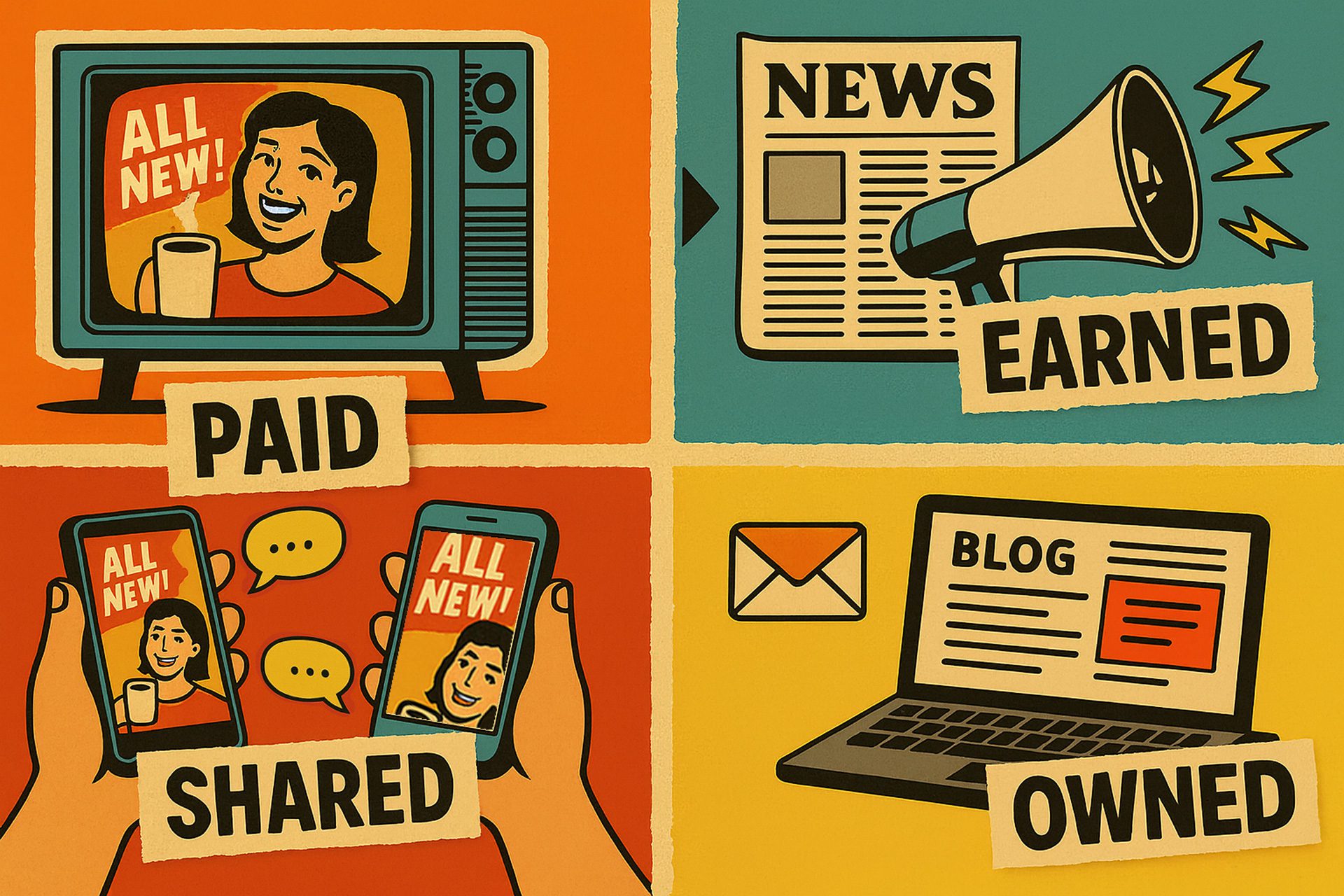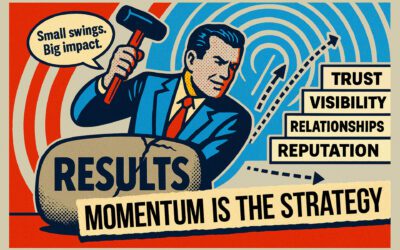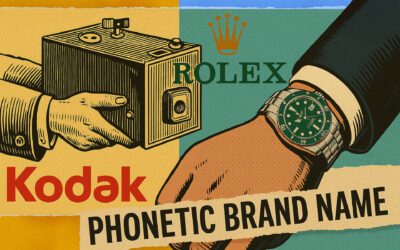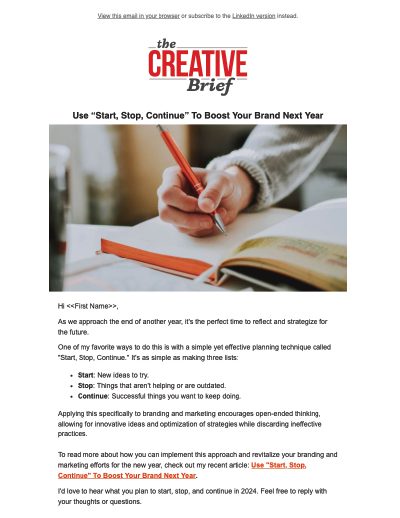When you hear the word media, what comes to mind?
Maybe you think of ads on Facebook. Or the news. Or whatever’s trending on TikTok.
Here’s the thing: in brand marketing, media simply means the channels your business uses to communicate with people. This breakdown is known as the PESO model—Paid, Earned, Shared, and Owned—and it’s one of the simplest ways to organize your marketing.
And while it sounds straightforward, this is often where small businesses and solopreneurs get tripped up. You’ve got a website, you’re posting on social media, maybe you’ve run some ads or sent an email newsletter. But instead of working together, all of those efforts can feel scattered, like you’re throwing spaghetti at the wall to see what sticks.
That’s why it helps to think about media in four categories: Paid, Earned, Shared, and Owned. This is known as the PESO model, and it’s a simple way to organize your marketing so everything works together instead of in silos.
What Do We Mean by “Media”?
Media is simply how your brand communicates. It’s not just advertising. It’s every channel you use, whether you control it entirely (like your website), partly (like social media), or not at all (like a customer review). Marketers often call this the PESO framework, short for Paid, Earned, Shared, and Owned media.
The PESO model organizes media into four buckets:
- Paid media: advertising you buy
- Earned media: credibility you gain
- Shared media: conversations you join
- Owned media: platforms you control
By using all four, you create a balanced marketing strategy. Let’s break them down.
Paid Media: Buying Visibility
Paid media is the most familiar: it’s the advertising you pay for. Google Ads, Facebook and Instagram campaigns, LinkedIn sponsorships, influencer partnerships, and even old-school print or radio ads.
- Why it matters: Paid media gets you in front of people immediately. If you need to promote a seasonal sale or a new service, it can generate quick visibility.
- The downside: Once you stop paying, the visibility disappears.
Pro tip: Use paid media to amplify your strongest messages, not as a replacement for building your brand.
Earned Media: Borrowed Credibility
Earned media is the visibility you don’t pay for. It’s when someone else talks about your business: a journalist, a blogger, a podcast host, or even your customers through reviews and referrals.
- Why it matters: It builds trust. When someone else validates your brand, their endorsement carries more weight than if you said it yourself.
- The downside: You can’t control the timing or the message.
Pro tip: Earned media works best when you already have a clear, consistent story that’s easy for others to repeat and share.
Shared Media: Community and Conversation
Shared media refers to the space you occupy on social platforms, including your posts, as well as how people engage with them. It’s likes, comments, reposts, and shares.
- Why it matters: Shared media is where your brand’s personality shines. It’s how you connect with your audience, encourage conversation, and build community.
- The downside: Algorithms control how many people see your content, and trends shift quickly.
Pro tip: Don’t post just to post. Create content that people want to engage with—something they’ll save, share, or tag a friend in.
Owned Media: Your Brand’s Home Base
Owned media is the content you create and fully control. Your website, blog, email newsletter, podcast, case studies, and resources all fall into this category.
- Why it matters: Owned media is the foundation of your brand marketing. It’s where you showcase your expertise, tell your story, and build authority over time. Best of all, you control it—it’s not at the mercy of algorithms or ad spend.
- The downside: It requires commitment and consistency. A single blog post or newsletter won’t cut it.
Pro tip: Think of your website as your brand’s home base. Every other type of media—paid, shared, earned—should point people back here.
Why Organizing Media Matters
So why does this breakdown matter? Because without organizing your media efforts, your marketing will always feel scattered.
When you use these four media types together, you create balance:
- Paid media drives quick attention.
- Earned media builds long-term credibility.
- Shared media grows community and engagement.
- Owned media anchors everything with substance.
And when they connect, they create momentum. For example:
- You write a blog post (owned).
- Share it on LinkedIn (shared).
- Run a small ad to get it in front of more people (paid).
- A podcast host sees it and invites you as a guest (earned).
One piece of content becomes visible across four channels.
How Small Businesses & Solopreneurs Can Use Media Strategically
If you’re a solopreneur or running a small business, you might be thinking, “That sounds great, but I don’t have the time or budget to do all of this.”
Here’s the good news: you don’t need to do everything at once. The PESO model scales to whatever resources you have.
Here’s a simple starting point:
- Strengthen your owned media first. Make sure your website and messaging are clear. If someone lands on your site, can they quickly understand what you do and who you serve?
- Focus on one or two shared channels. You don’t need to be on every platform. Go where your audience spends their time.
- Experiment with paid. Even a small ad spend can give your best content a boost.
- Seek earned opportunities. Ask for testimonials, reach out to local media, get quoted in articles, or pitch yourself as a guest on podcasts.
It’s not about doing it all; it’s about building a smart mix that works together.
Practical Steps to Balance Your Media Mix
Ready to put this into action? Here’s how to start:
- Audit what you’re already doing. List out all the ways you’re communicating today.
- Identify the gaps. Are you strong in social media but light on owned content? Are you running ads, but your website feels outdated?
- Set priorities. Don’t try to fix everything at once. Focus on owned first, then layer in shared, paid, and earned.
- Track progress. Look at simple numbers—website visits, engagement, mentions, or leads.
- Stay consistent. Marketing is a long game. Success comes from showing up, not one-off campaigns.
Here’s The Thing
Media is simply how your brand communicates. But when you organize it into paid, earned, shared, and owned categories, you gain clarity. You stop spinning your wheels and start building a marketing system that works.
At Brenits Creative, we help solopreneurs and small businesses connect these dots. Because the most effective brand strategies aren’t built on one channel alone—they’re built on a balanced mix of media working together.
If you’re ready to create an actionable strategy for your business, schedule an IdeaStorm™ session with us. We’ll help you design a media mix that fits your goals, your bandwidth, and your budget.




